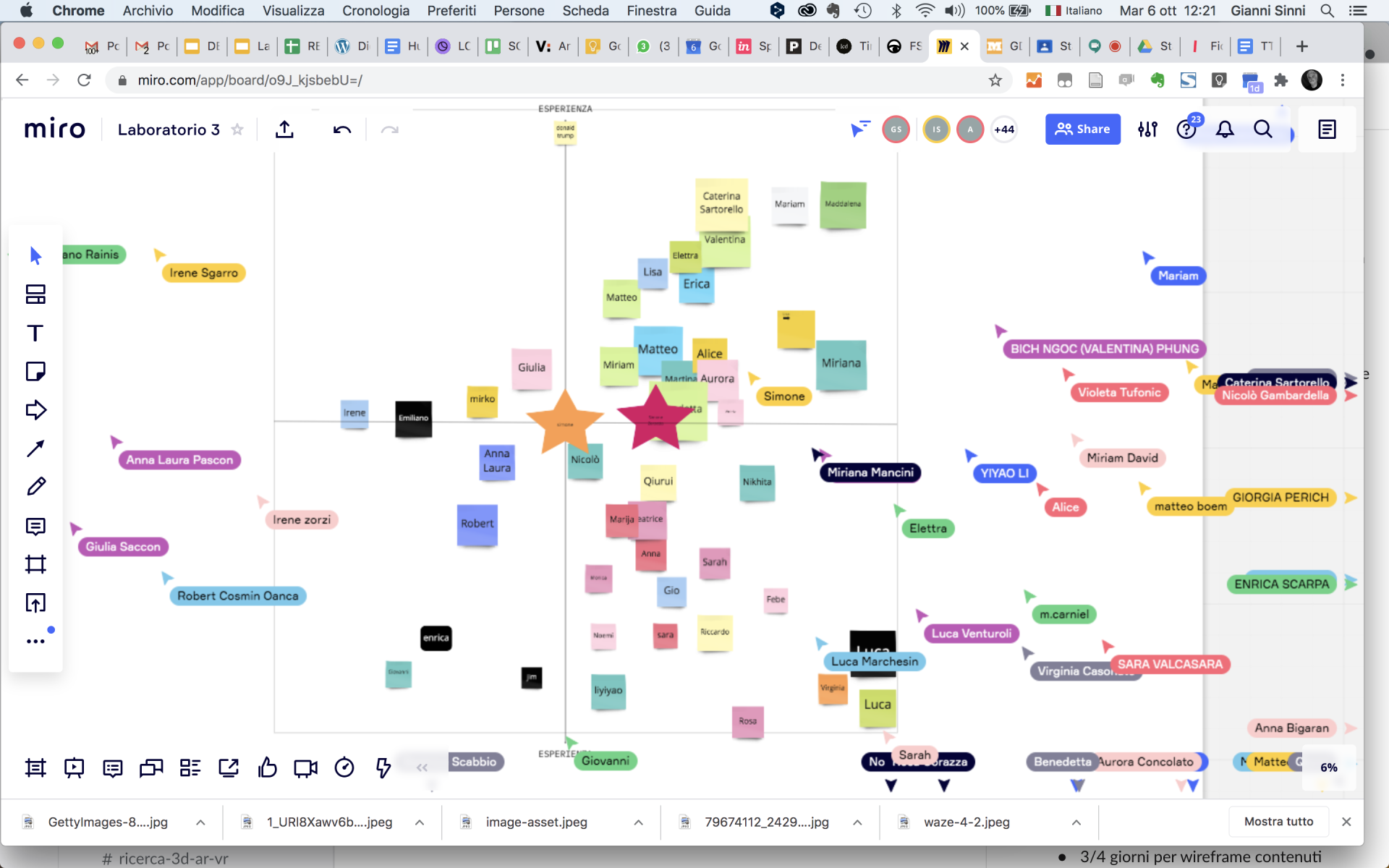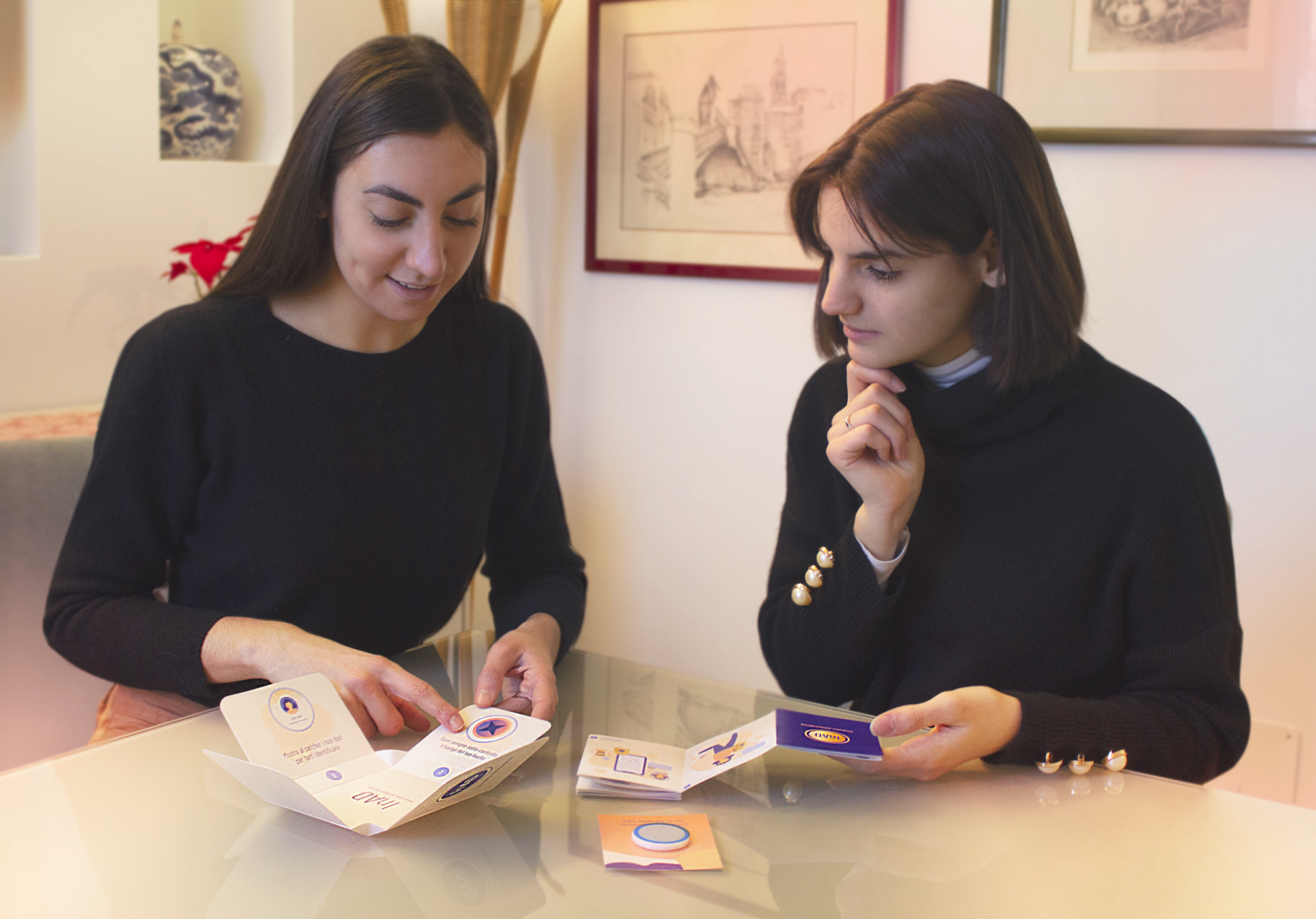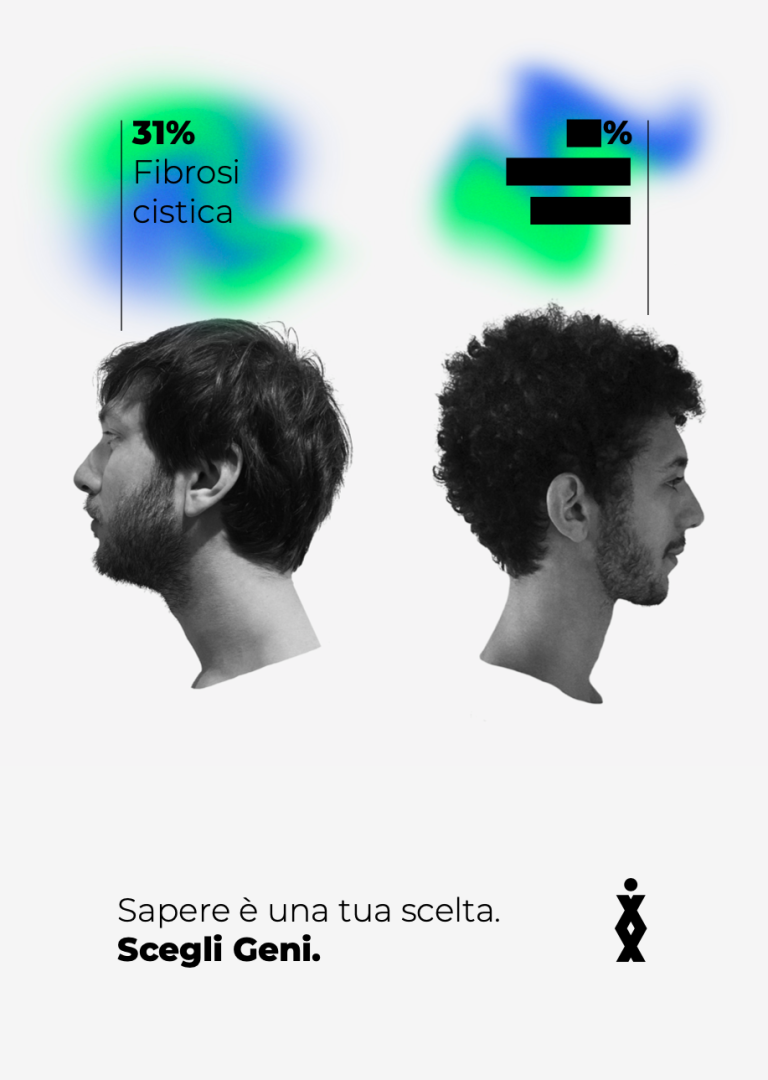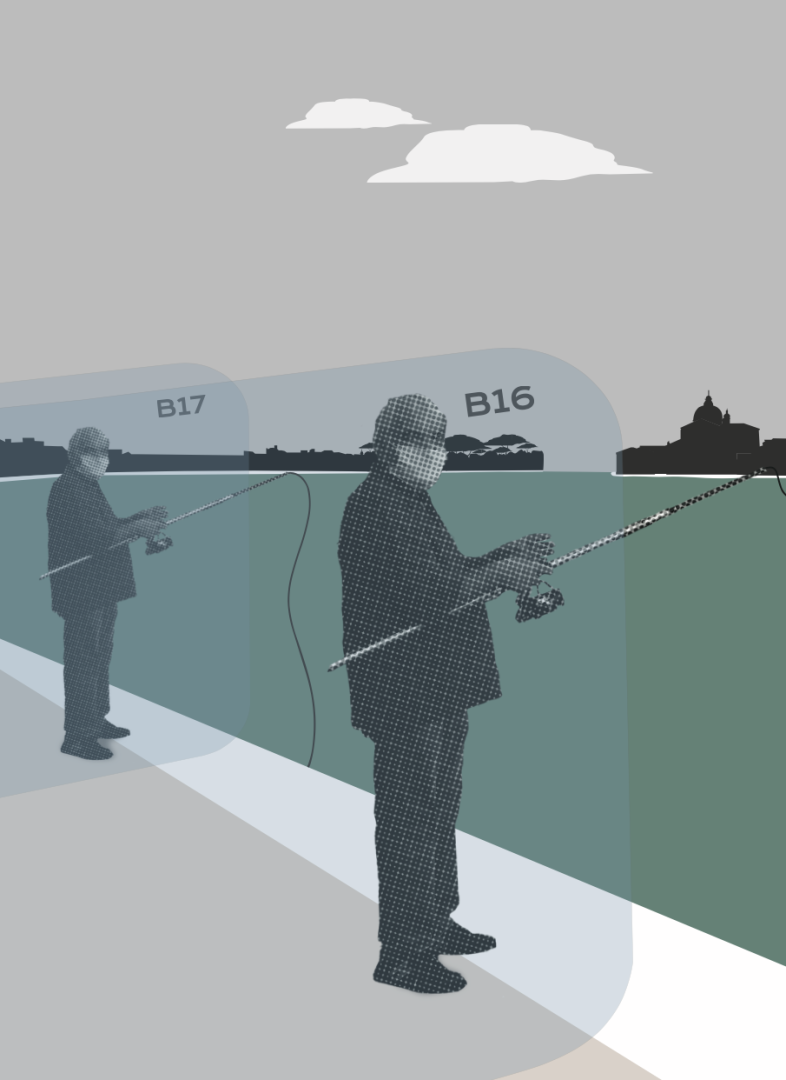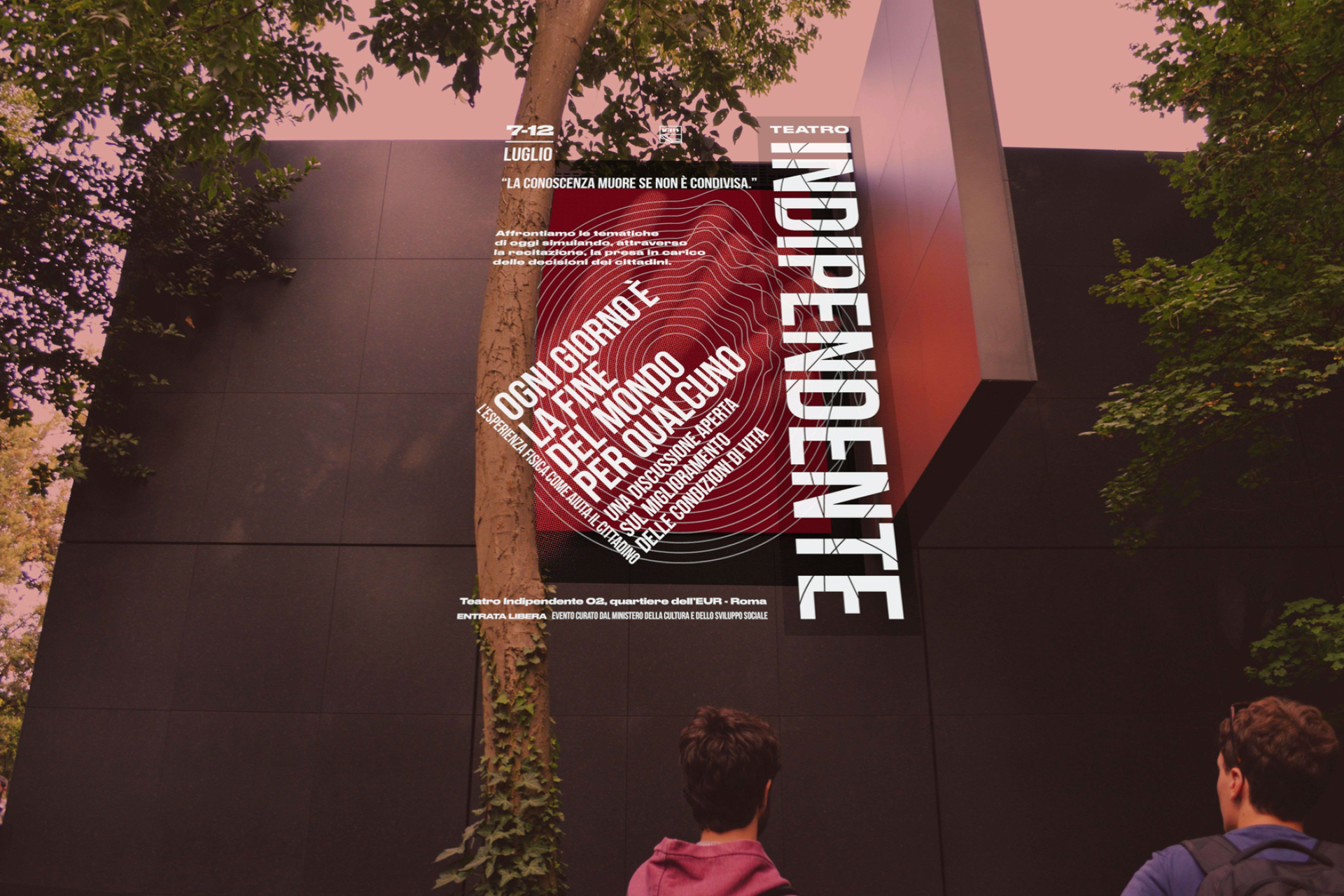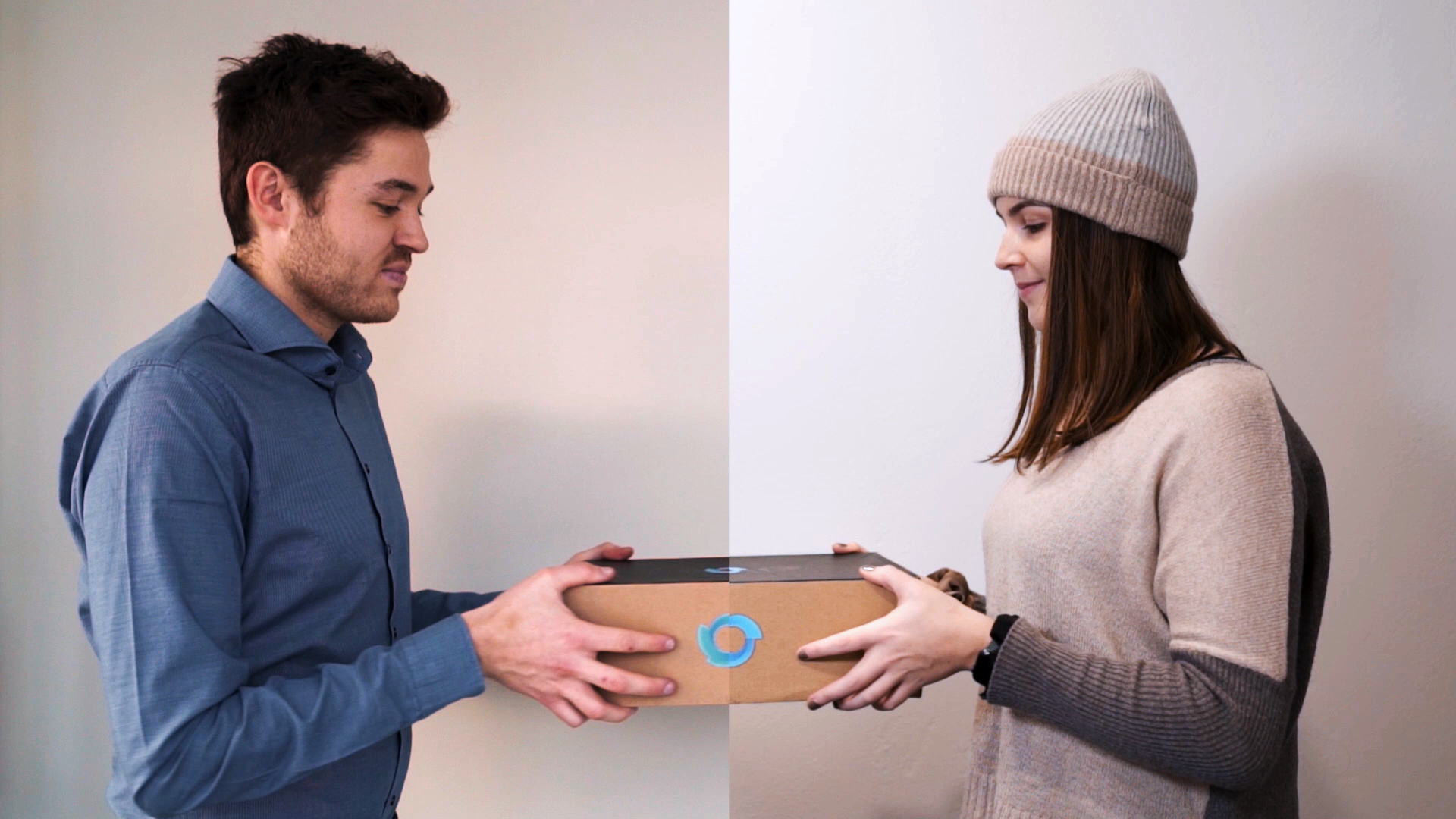Stay Human. Designing implications
Basic information
Project Title
Full project title
Category
Project Description
The Great Law of Peace of the Iroquois Confederation required that every decision be weighed against its effect on the next 7 generations.A principle underlying what we now call sustainable design. The Stay Human Lab investigated how teaching design through the practice of speculative design, with its projection into the future, makes it possible to construct an educational model that trains designers who are conscious of the environmental, economic & social implications of the act of design
Project Region
EU Programme or fund
Description of the project
Summary
Stay Human. Designing Implications was an experimental laboratory carried out in the Bachelor of Design of the University Iuav of Venice within the Communication Design teaching, during the academic year 2020/21. The aim of the Lab was to verify how an approach to the design of public utilities and common goods based on the practice of speculative design can serve to create an extensible teaching model capable of training designers who are aware of the consequences of design for a more equitable and sustainable society. The design of public utilities represents an opportunity through which design, as Viktor Papanek said, "can and must become a way in which young people can participate in changing society". The experimental path of design fiction needs to be accompanied by a kit of tools (re-designed in a "remote" mode for compliance with health emergency measures) that allows a gradual and conscious approach to the particular design methodologies. Below are the main tools used:
1. Inspired by the work of the Danish sociologist Frederik Polak, Polak's Game offered the possibility of initially sounding out the students' expectations of the future and their expectation of influencing its course.
2. The narrative development of the project was approached through an imaginative card game, The Thing from the Future, introduced by Stuart Candy, now a classic in futures studies. Based on the random association of three factors (type of future, type of object, type of function) an imaginary artefact from the future is described.
3. In the universe of possibilities in which our future can take shape, the use of the What if and Futures Wheel model of analysis made it possible to construct, from the expression "what if" and through collective discussion, a matrix of scenario implications: repercussions from the social, economic, philosophical, religious, health, legal, ethical, environmental points of view and so on.
Key objectives for sustainability
The issue of sustainability is an element that cannot be avoided in any project today. The confrontation with global challenges such as the climate crisis, social inequalities, humanitarian and health emergencies, make it imperative to design a more sustainable future. The most important purpose of communication design that we identify today is to make sense of things, to express the ethical vision of a design that does not harm its recipients, today or in future generations, and that is therefore sustainable. If making sense of things is the ultimate aim of design, considering the consequences of the act of designing can usefully be the starting point. In the Lab Stay Human. Designing Implications, the emphasis on implications rather than applications means going beyond the traditional view of the designer as a problem-solver to asking the ‘right questions’. It is a multi-disciplinary perspective where philosophy, technology, law, ethics, among others, combine to carry out an ethical design project through the contribution of speculative design and in particular design fiction. The main purpose of using these didactic methods was to stimulate a "discourse" and develop a critical narrative that did not hesitate, in a perspective of a sustainable future, to consider alternatives even to some elements of our society often considered unchangeable such as consumerism or capitalism.
Key objectives for aesthetics and quality
In a Communication Design laboratory, the quality of the graphic aspect naturally represents not only an aesthetic objective, but also a functional element of usability that guarantees, according to the ISO 9241 definition, user satisfaction. In the Lab Stay Human. Designing Implications this has been pursued by deepening the effective use of all the typical tools of visual design:
Typography. Choice of font, text composition, style sheets, legibility and typographic expressiveness.
Grids. Layout systems on screen and on paper, responsive grids.
Colour palettes. Colour selection, colour contrast and accessibility.
User Experience. User research tools, cognitive psychology, emotional design, usability.
The different visual languages connected to the use of different and hybrid media were then studied in depth with particular attention to motion graphics and interaction design. The aesthetics of the project thus becomes an integral part of the educational model developed.
Key objectives for inclusion
The didactic model project developed in the Lab Stay Human. Designing Implications starts from the assumption of redefining the act of design itself in terms of inclusion and accessibility. The preparatory activity to design fiction through the tools described above has found its applicative implementation by addressing a complex communication project such as the design of a public utility service of the future, bringing into play heterogeneous and hybrid visual languages. The results of the projects can help to highlight the dual function of the design fiction approach, confirmed by an increasing number of international experiences that refer to it for the design of public services. On the one hand, it allows to build those "bridges" to share common ground between designers and innovators in the public sector, developing a shared language and method to guide towards common goals (better public services). On the other hand, speculative design brings a critical, and sometimes antagonistic, dimension into the project, freeing the field from the constraints of dominant thought, allowing us to question those socio-economic assumptions which, like cognitive biases, prevent us from grasping real alternatives for a more sustainable, more inclusive and fairer society.
Results in relation to category
The results of the Lab Stay Human. Designing Implications were mainly to verify the application of a didactic model aimed at training designers who are consciously responsible for the implications of each project and capable of questioning the why of things. The critical capacity demonstrated by the students in the various projects developed during the Lab makes them confident in the reliability of the teaching model. Thus, in the immersive space of speculative narration, it seems entirely reasonable to envisage the end of the consumer system and private property through a widespread product sharing service, to design a platform for social inclusion and neighbourhood volunteering, to think about overcoming the prison system using the control perspective of a hyper-connected IoT network, or to design a system of direct democracy that will guide restricted human communities in a hostile environment such as that of Martian colonisation, to name but a few of the projects carried out.
How Citizens benefit
In the model proposed by the Lab Stay Human. Designing Implications , the centre of interest is no longer just design itself, but rather the user and the changes, opportunities and criticalities that design can create. Bringing this type of investigation into a training course naturally requires the preparation of appropriate analytical tools and a multidisciplinary vision that allows the project to incorporate the different points of view involved. Thanks to the invaluable contribution of various guests, it was possible to examine in depth some particularly significant topics in relation to the theme of the course and initiate the start of a collaboration with the local public administration.
In particular, Alessandra Poggiani, General Manager of Venis spa, the public corporation that develops the digital services of the metropolitan city of Venice, analysed the main projects underway for enabling platforms for citizenship, examining the design methodologies and critical issues. With Ilaria Ruggeri, PhD University of Bologna, we talked about how to include the culture of design within the public sphere and how to deal with the issue of visual identity. With Simona Morini, Iuav professor in Philosophy of Science, we addressed the issue of how politics can be "reinvented" through civic technologies and, finally, with Barbara Pasa, Iuav professor in Comparative Private Law, we addressed the reflections on law and privacy and the contribution that visual design can make to these. The citizen involvement is, on the other hand, an essential step if we are to frame speculative design for the public sector within an ethical and, necessarily, empathetic framework.
Innovative character
The innovative features of the educational model Stay Human. Designing Implications can be summarised as follows:
1. Interdisciplinary teaching (Philosophy, Law, Ethics) for the training of designers
2. Use of speculative design tools to develop critical awareness
3. Sustainability, inclusiveness, equity, privacy as structural components of design itself
4. Collaboration with the public sector and civil society realities.

